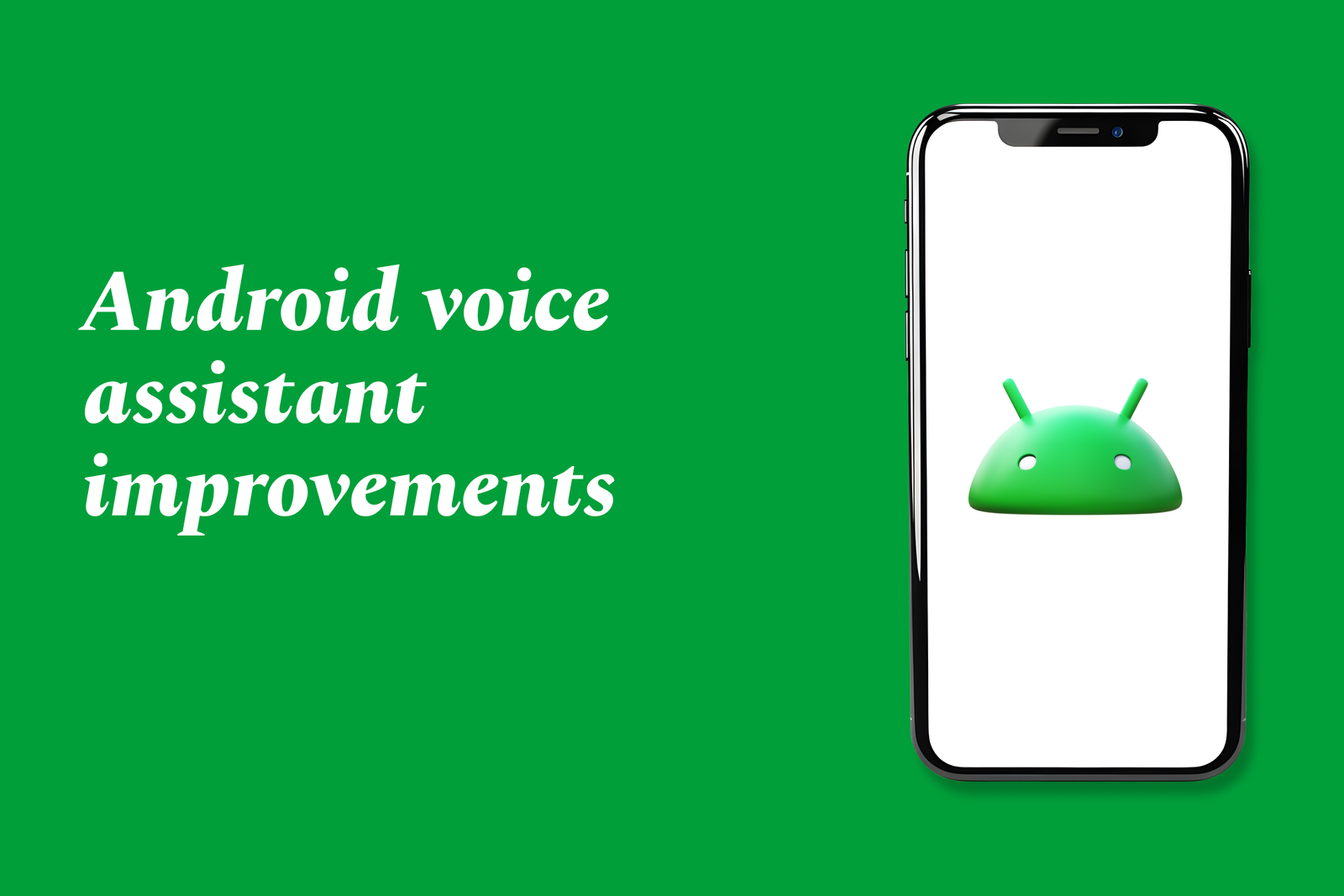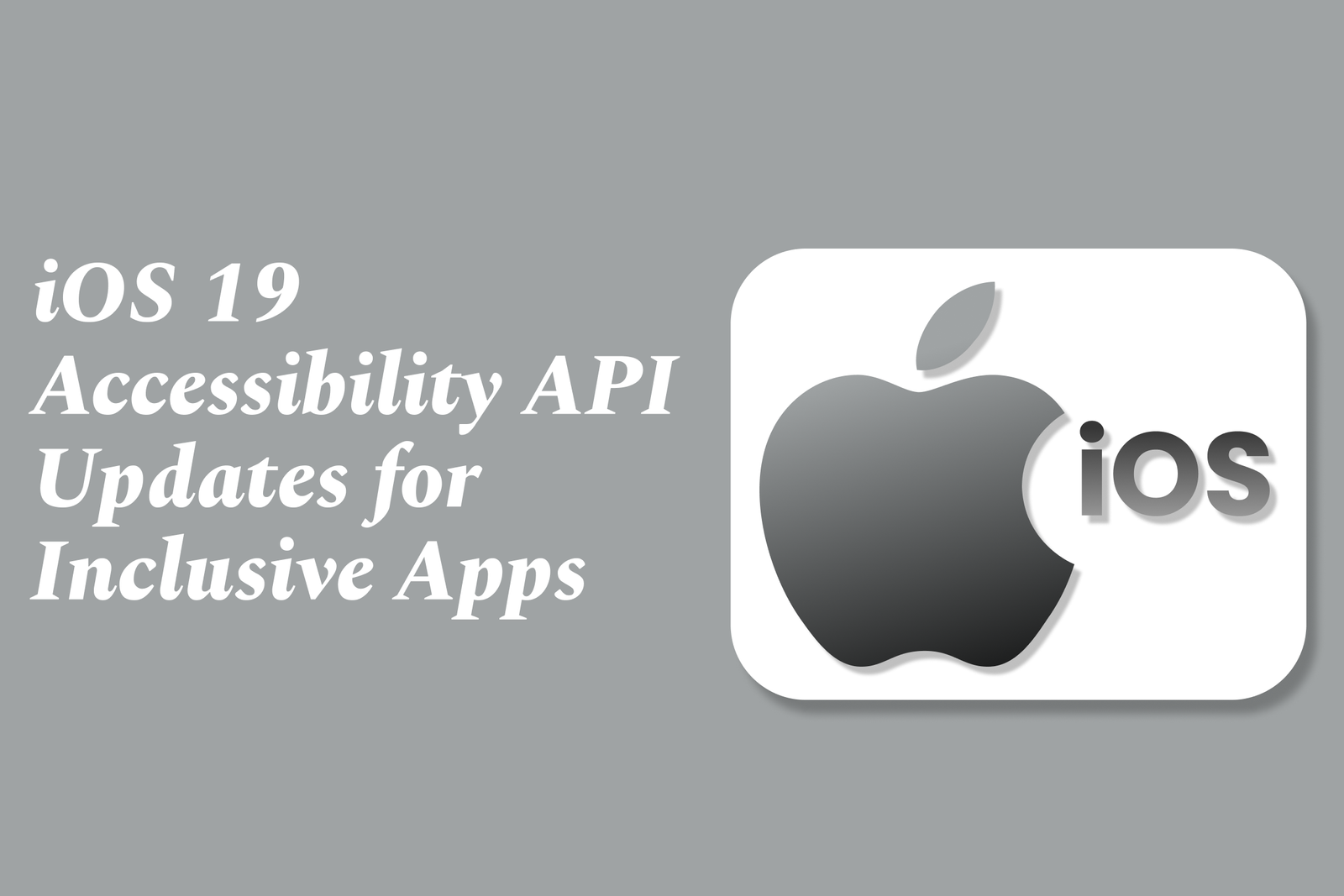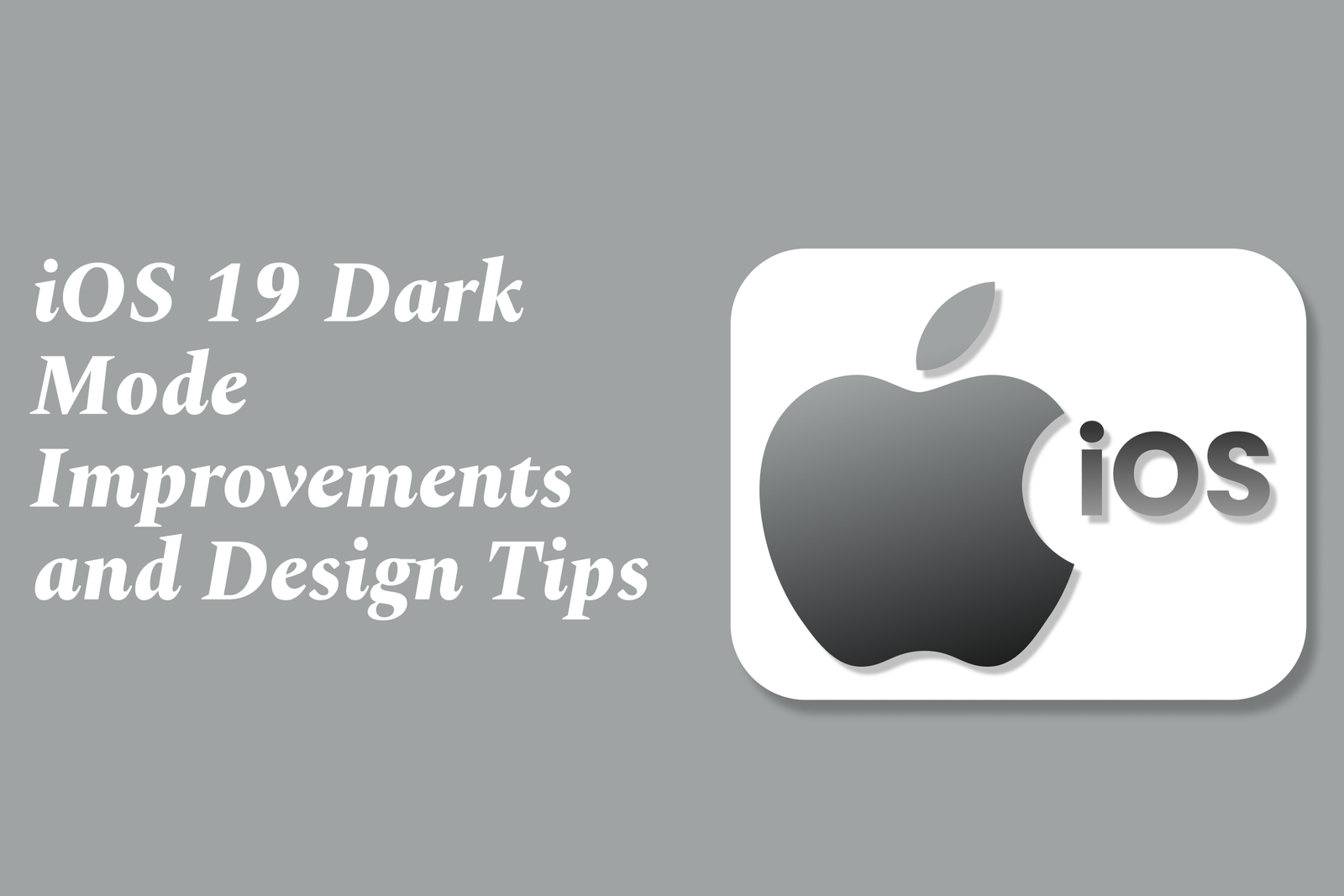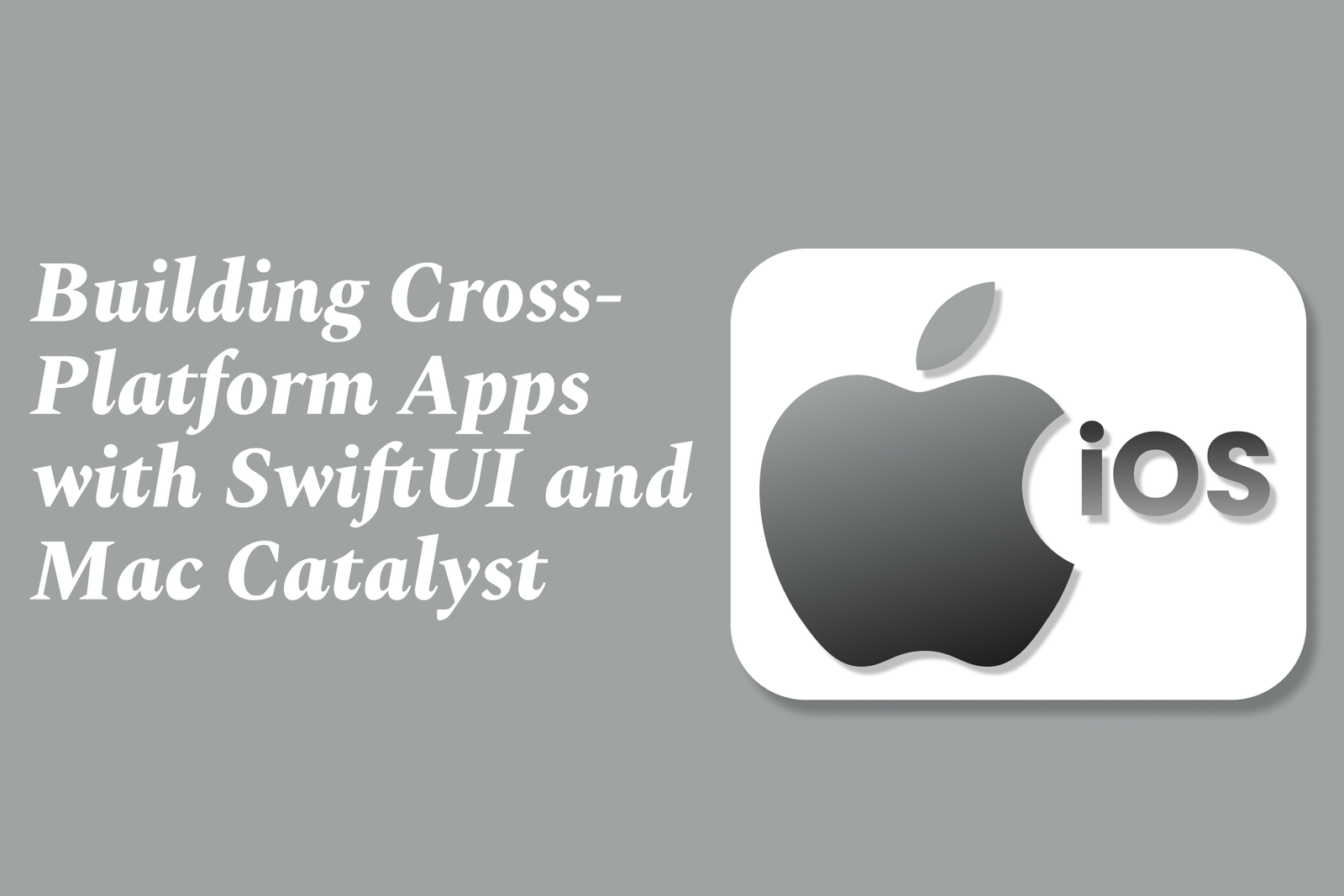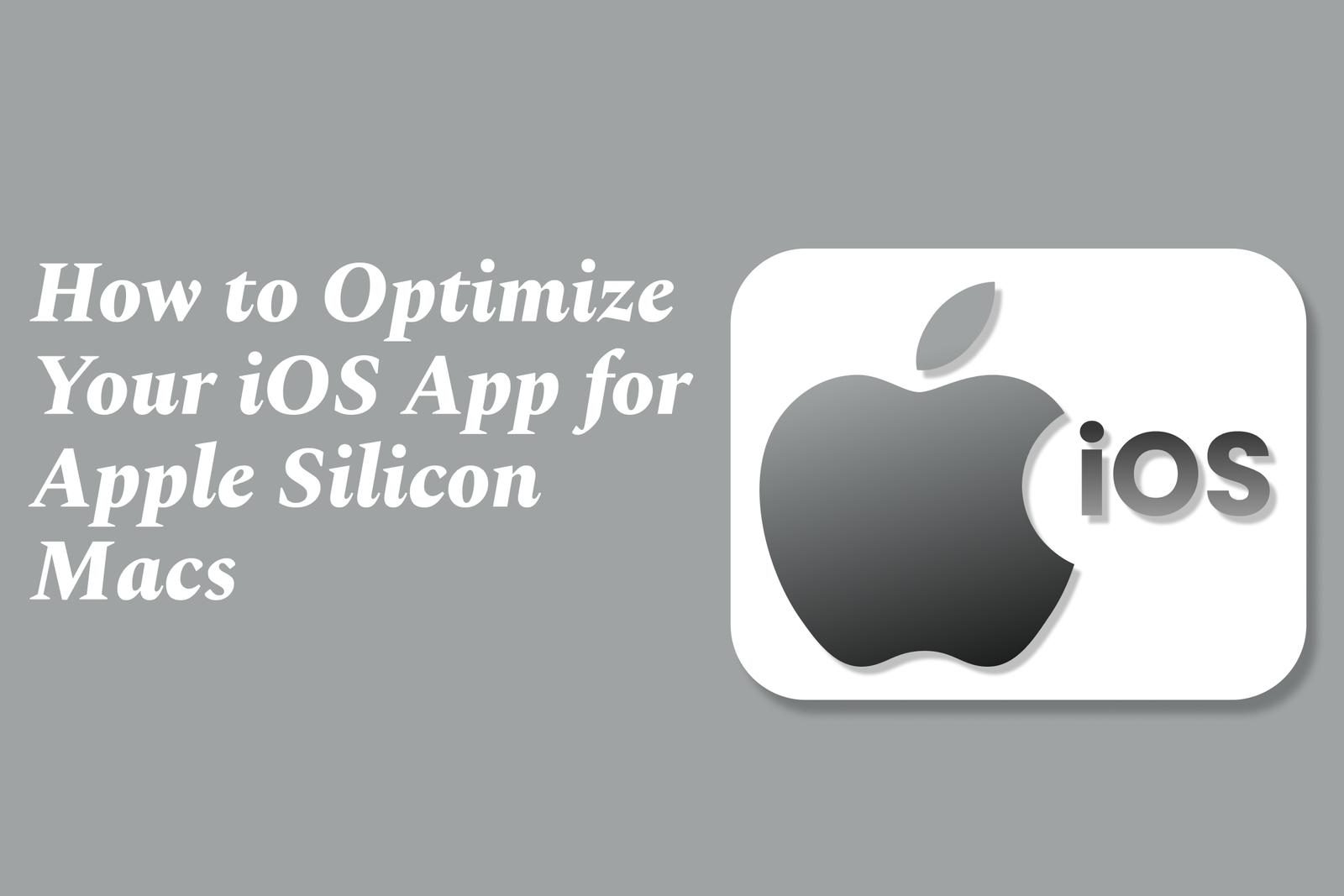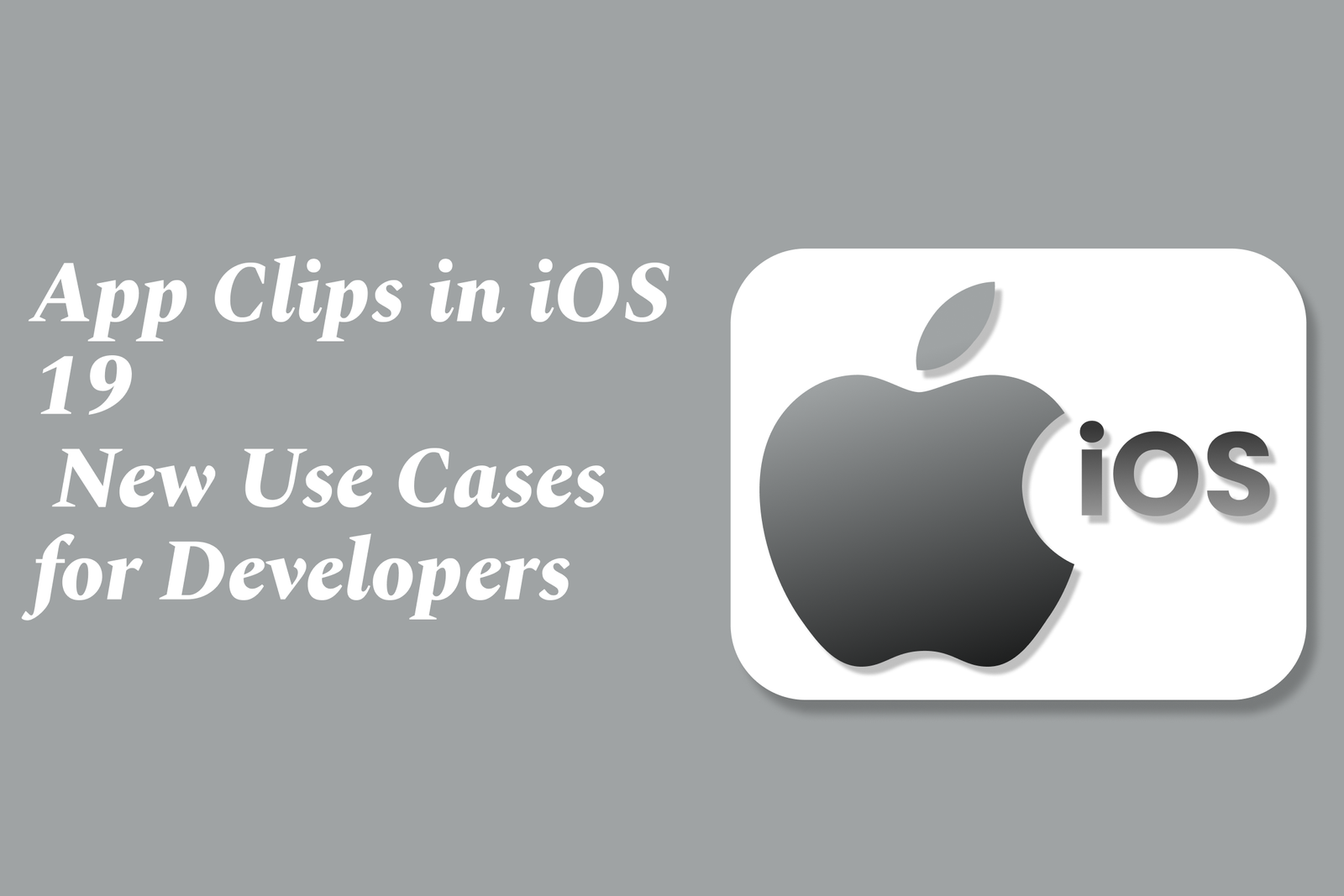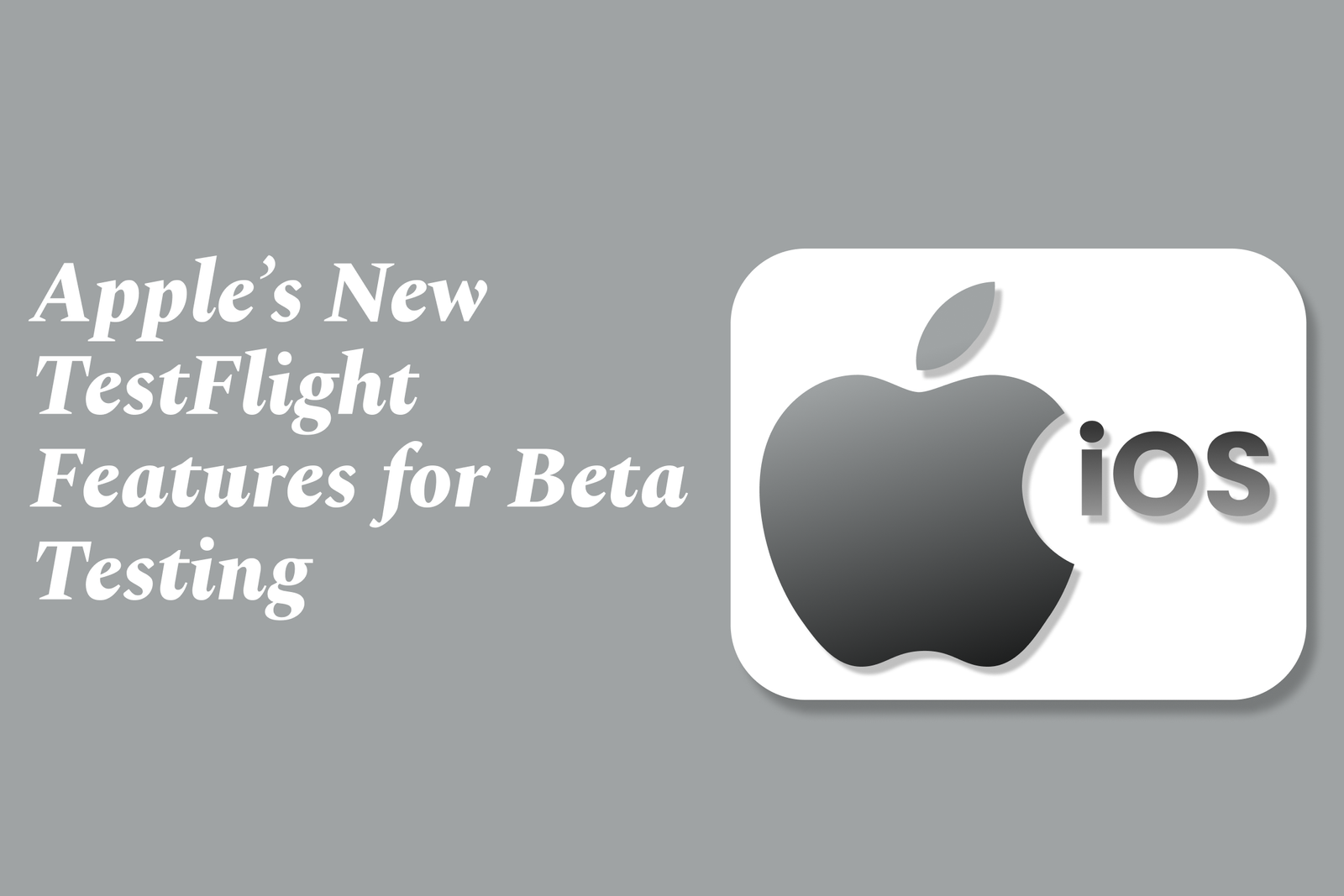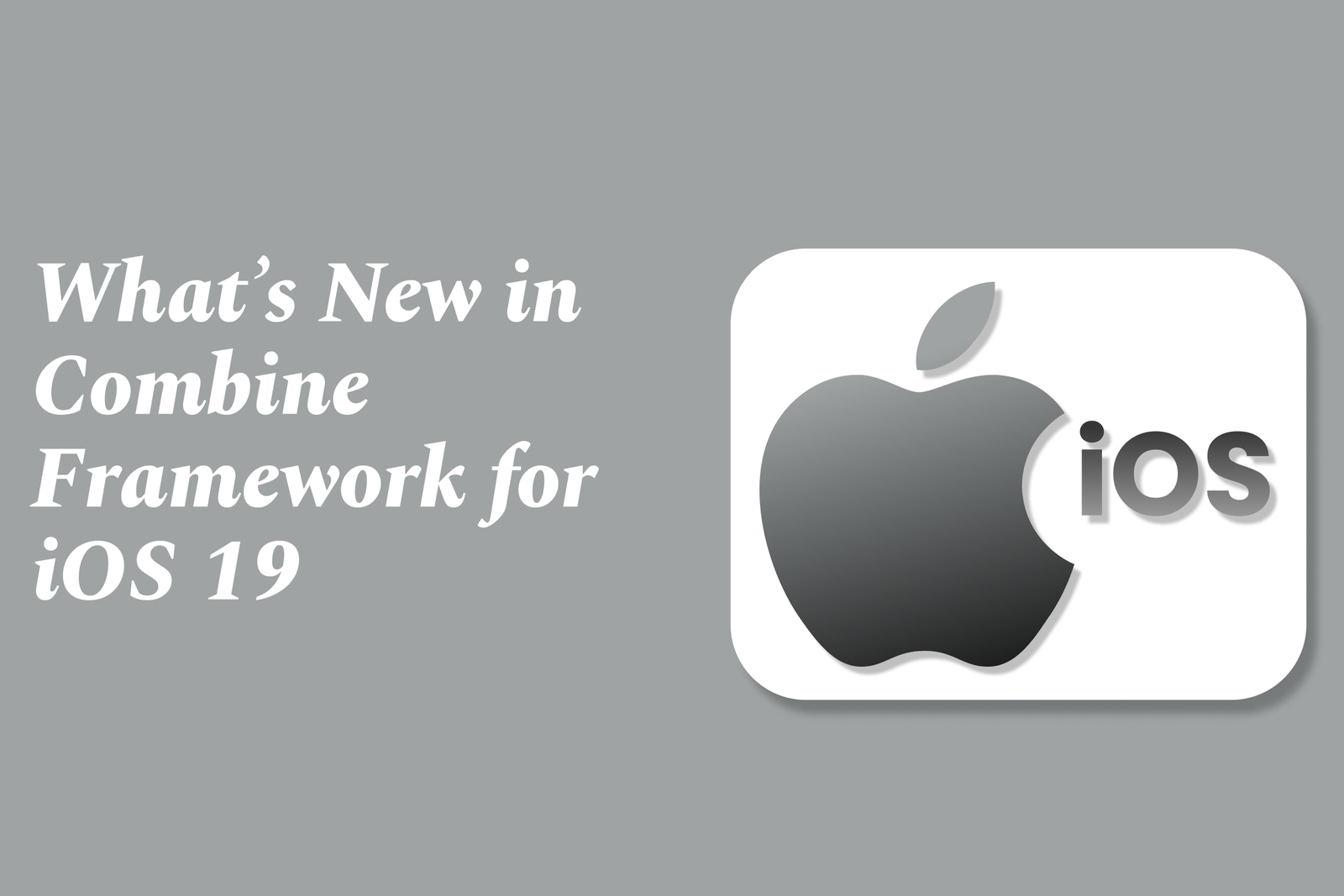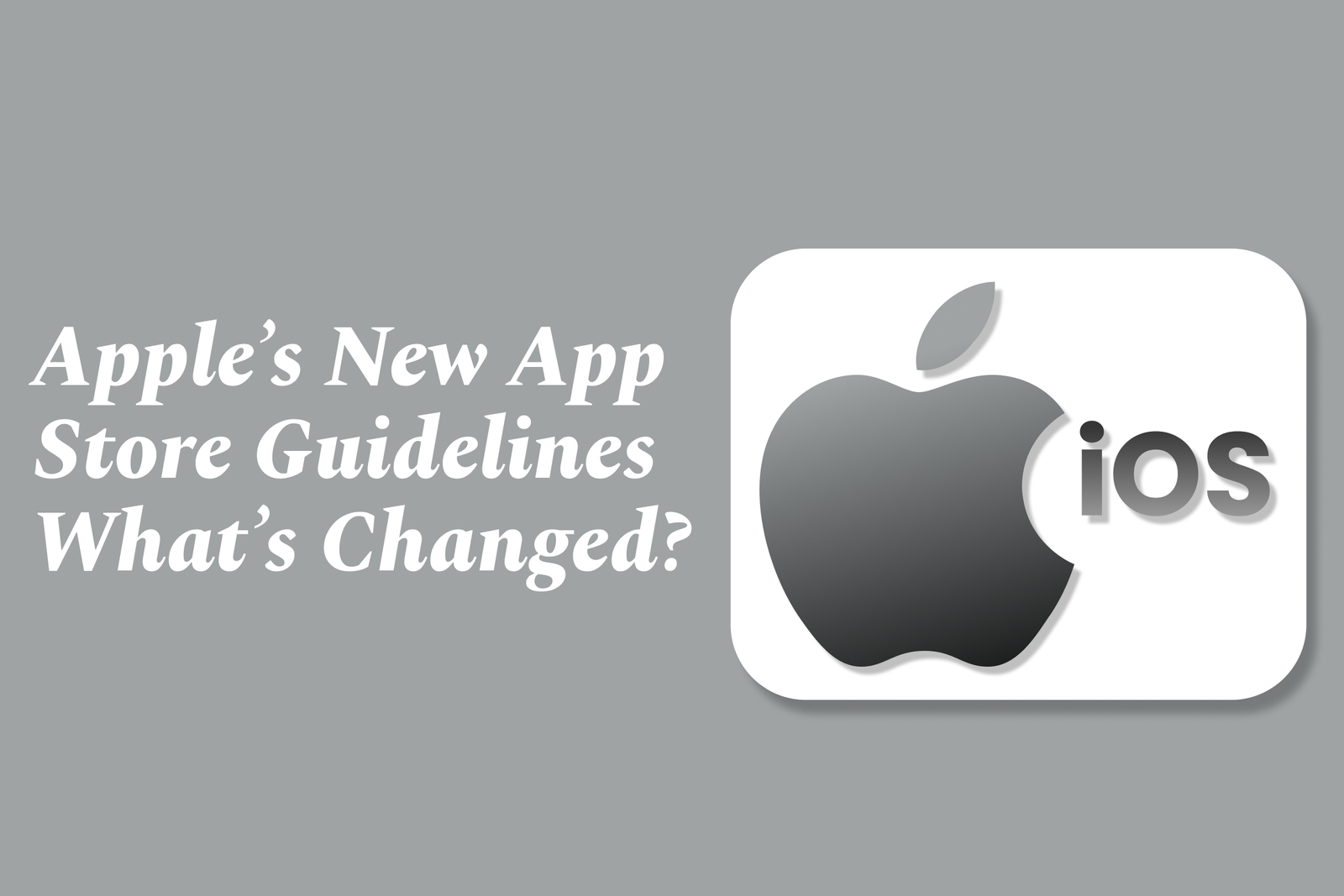Android Voice Assistant Improvements
Android voice assistant improvements enhance hands-free control by integrating smarter, more natural voice commands in Android Auto and CarPlay. Upgrades include better music navigation, AI-powered icon recognition for accessibility, and solutions for seamless connectivity, boosting safety and usability.
Android voice assistant improvements
1 ) Introduction of ARC Voice Control for Android Auto and CarPlay
ARC update now supports integration with Siri and Google Assistant voice control in CarPlay and Android Auto.
Enables safe, hands free music access while driving by using natural voice commands.
New top level tabs—Browse in Android Auto and Search in CarPlay—allow quick navigation to favorite genres and albums.
2 ) Voice Command Features
Users can access voice commands through dedicated Siri and Google Assistant buttons or by simply saying “Hey Siri” or “Hey Google.”
Voice commands support requests with varying specificity, such as general ("Play some James Brown") and detailed commands ("Shuffle my Epic Road Trip Jams playlist").
Voice commands fully integrate with Roon’s metadata system, providing improved music discovery and queuing.
Commands work safely without distracting from driving; histories and recent plays are saved for seamless continuation between car and home listening.
3 ) User Feedback and Priorities
Over 65% of users rely on Roon ARC while driving; more than 50% requested easier navigation and voice integration in Android Auto and CarPlay.
The development prioritized these feature requests to enhance convenience, usability, and safety during driving.
4 ) Connectivity Issues and Tailscale Solution
Some users faced connectivity challenges with ARC due to restrictive internet and cellular service policies, blocking ARC’s port forwarding.
Roon recommends Tailscale, a free, user friendly solution that creates private internet connections, bypassing these restrictions.
Tailscale enables devices in different locations to communicate securely as if on the same local network, enhancing ARC accessibility.
5 ) Google Voice Access Upgrades
Google improved its Voice Access app for Android by enabling it to detect and control on screen icons even without accessibility labels.
The AI model, IconNet, can identify 31 (soon to be 70+) icon types through pixel analysis of screenshots, facilitating better voice control.
This advancement improves accessibility for users with visual or mobility impairments, making Android devices more usable via voice commands.
6 ) Conclusion
These updates reflect a commitment to safety, usability, and accessibility in in car and general Android voice assistant usage.
The improvements prioritize user feedback, connectivity solutions, and enhanced AI capabilities for broader and more seamless voice control experiences.
https://justacademy.in/news-detail/dartconf-2025-highlights
https://justacademy.in/news-detail/breaking-changes-in-latest-flutter-version
https://justacademy.in/news-detail/flutter-vs-react-native-in-2025:-the-real-winner
https://justacademy.in/news-detail/building-ai-first-apps-with-flutter
https://justacademy.in/news-detail/flutter-europe-2025-announcements
Related Posts
SwiftUI’s new animation APIs enhance flexibility and control, enabling developers to create smoother, more complex animations with improved timing, transitions, and cross-platform support. These updates simplify building dynamic, engaging UIs across Apple’s ecosystem.
iOS 19 Accessibility API updates enhance app inclusivity by offering improved VoiceOver support, advanced gesture recognition, adaptive UI elements, and better integration with assistive devices, enabling developers to create more accessible, user-friendly experiences for everyone.
iOS 19 enhances Dark Mode with deeper blacks, smoother visuals, and improved system consistency. Designers should focus on balanced contrast, readable typography, subtle colors, and seamless Light/Dark transitions to create comfortable, accessible, and visually appealing dark-themed interfaces.
Building cross-platform apps with SwiftUI and Mac Catalyst lets developers create a single codebase that runs seamlessly on iOS, iPadOS, and macOS, combining SwiftUI’s unified UI framework with Mac Catalyst’s ability to bring iPad apps to the Mac efficiently.
Optimizing your iOS app for Apple Silicon Macs involves ensuring native compatibility, adapting the UI for larger screens and input methods, enhancing performance using ARM architecture, leveraging macOS-specific features, and thorough testing to deliver a seamless app experience on Apple’s desktop hardware.
App Clips in iOS 19 are lightweight app modules that launch instantly without full installation, enabling developers to offer quick, context-driven experiences like seamless ordering, payments, and check-ins, enhancing user engagement and boosting app discovery in new real-world scenarios.
Apple’s new TestFlight features simplify beta testing across all Apple devices, enabling developers to easily distribute apps, games, and App Clips to testers without complex setup, supporting automatic updates, device requirements, and broad language options for seamless testing.
iOS 19’s Combine framework update introduces enhanced async handling, improved publisher types, and better integration with SwiftUI, streamlining reactive programming for smoother, more efficient event-driven app development and simplifying asynchronous data flow management.
SwiftData modernizes persistent storage in iOS apps by offering a simpler, Swift-native framework that integrates seamlessly with SwiftUI, reducing boilerplate code and improving data management with declarative syntax, streamlined relationships, and built-in support for cloud syncing.
Apple’s updated App Store Guidelines introduce more detailed age ratings, support alternative app distribution in the EU, and enhance TestFlight beta testing with broader device support and extended testing periods—strengthening app safety, compliance, and developer flexibility.
